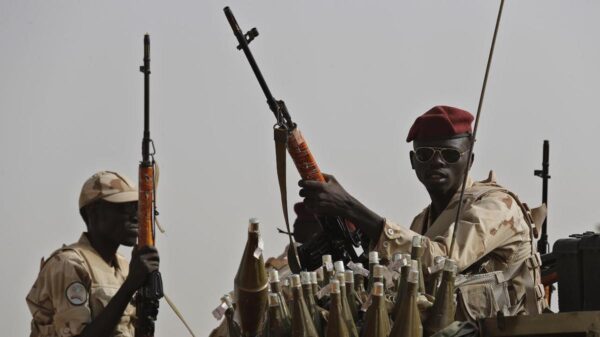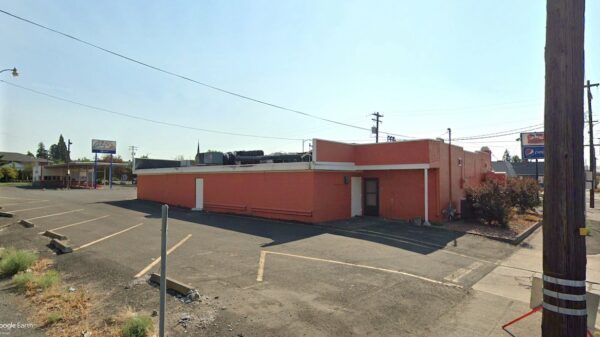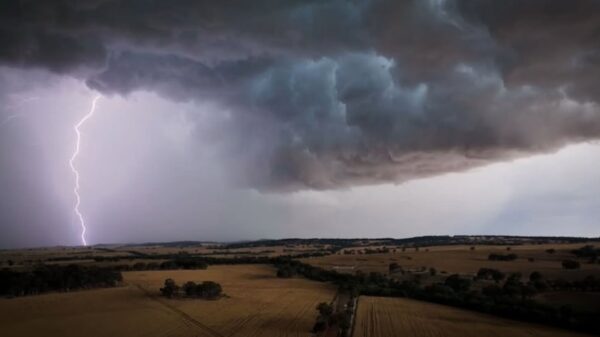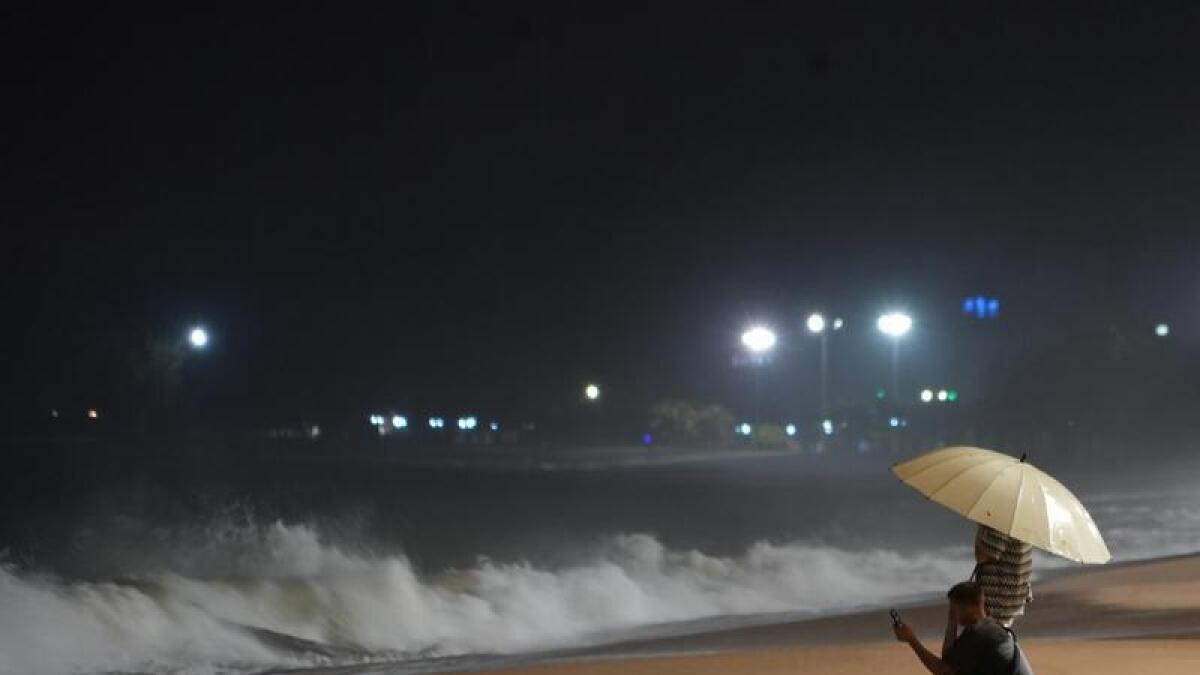Typhoon Kalmaegi has made landfall in Vietnam, packing winds of up to 149 km/h, after causing widespread destruction in the Philippines where it has been linked to at least 114 fatalities. The storm struck the central coast of Vietnam, leading to significant damage, including uprooted trees, damaged roofs, and downed telegraph poles, as reported by the national weather forecaster.
As Kalmaegi approached, authorities in Vietnam closed six airports and relocated over 260,000 residents in Gia Lai province to safety. This storm marks the 13th storm to hit Vietnam this year, making it one of the most powerful to date. The government has mobilized more than 268,000 soldiers to assist with search and rescue operations, emphasizing the potential for floods in low-lying areas and adverse effects on agriculture, particularly in the Central Highlands, the country’s primary coffee-growing region.
In anticipation of the storm, hotels and homes along Cua Dai beach near the UNESCO-listed town of Hoi An were closed. Local farmer Nguyen Van Rin, 42, expressed his fears as the storm approached, stating, “Kalmaegi will flood us for the fourth time and I am afraid it will be quite bad.” He shared his struggles as he navigated his boat through flooded roads, illustrating the challenges faced by residents in the area.
In the Philippines, the aftermath of Kalmaegi has revealed extensive damage, particularly in Cebu, where floodwaters have receded to expose flattened homes and overturned vehicles. As of Thursday evening, 127 people remained unaccounted for. The scale of destruction has hindered aid distribution and recovery efforts, according to Raffy Alejandro, a senior civil defence official. “The challenge now is debris clearing… These need to be cleared immediately, not only to account for the missing but also to allow relief operations to move forward,” Alejandro stated during an interview.
The devastation in Cebu follows a recent magnitude 6.9 earthquake that struck the region, causing loss of life and displacing thousands of residents. As some families began the arduous process of recovery, others returned to their homes only to find them destroyed. Local resident Liza Becus described the scene, stating, “Everything was destroyed. Only the flooring remained. Everything was washed out. We have no belongings.”
Becus, who has seven children, now faces the daunting task of collecting scrap metal and iron sheets to sell for food. “My children have nothing,” she lamented, highlighting the dire situation many families are experiencing as they attempt to rebuild their lives.
Forecasters are now monitoring another potential storm brewing east of the Philippine island of Mindanao, which could strengthen into a typhoon and impact the region early next week. As communities in both Vietnam and the Philippines brace for further challenges, the urgent need for aid and recovery efforts remains paramount.



































































